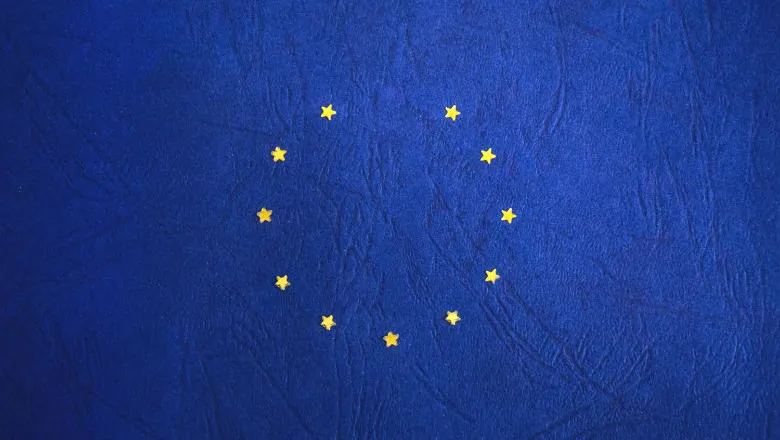17 October 2016
EU moves to strengthen its export control regime
Maila Beniera
After a long ongoing review, which included production of a report by experts at Project Alpha for the European Parliament, the European Commission has issued the proposal to modernise and upgrade its export control regime.

The proposal came as part of the policy review as stipulated in the Regulation (EC) No 428/2009, the governing regulation for EU’s commitments to prevent the proliferation of Weapons of Mass Destruction. The same regulation provides for control rules, export of dual-use items, and guidance to the implementation of programmes to support international obligations such as the UNSCR 1540 and multilateral export control regimes.
Required under Article 25 of the Regulation, the policy review was initiated in 2011. It began with a series of public consultations and stakeholder engagements across sectors, including the academia, civil society, and business and industry associations. Drawing from these discussions, the Commission then identified the efficiency and impact of the existing control systems, as well as strategic directions for a more competitive and integrated export control regime. Subsequently, the Commission outlined its long-term vision identifying concrete policy measures to modernise and ensure that its export control system remains responsive to the evolving security risks, rapid technological advancements, and the changing trade and economic processes.
The proposal has two main aspects. First, it seems to iteratively improve the existing regulation by addressing known issues and gaps. This includes changes around definitions intended to make the regulation easier to understand and implement. Second, the proposal seeks to introduce a human security dimension to the EU’s export control policy, which relates to the need to preserve human rights while striking a delicate balance between security, transparency and legitimate trade in dual-use goods. This focus came about as surveillance technologies have become increasingly utilised in armed conflicts and in repressive regimes.
Overall, the proposal has threefold goals – efficiency, consistency, and greater effectiveness of the export control regime. Specifically, it proposed the following:
– Optimisation of licensing processes through the EU General Export Authorisations
– Simplifying the control mechanisms on technology transfers and increasing transparency to counter illicit use of dual-use items
– Elimination of divergent control levels through a more integrated and harmonised approach
– Adoption of new provisions to address evolving security risks, such as terrorism and human rights violations
On 03 October, the Commission presented its proposal, which will then undergo legislative approval by the Council and the European Parliament. While the proposal has been welcomed by some groups, in particular human rights advocates and other member states who campaigned for the human security dimensions , as triggered by the use of surveillance technologies during the Arab Spring, the industrial sector, specifically the IT group expressed their fears that such controls could place EU firms at a disadvantage in the global marketplace. Other civil society organisations however criticised that the transparency aspect, calling for greater industry disclosure and national level verification measures has not been fully addressed.
While Germany has adopted a stricter law on export of surveillance technologies in 2015 seen as an indication of support to the proposed amendments, the proposal is likely to face a rough ride before final approval given the intersecting, perhaps even clashing, issues of safeguards, privacy, and market and technology growth that must be reconciled.
A public meeting will be held on the 12th of December in Brussels at which the proposal will be discussed. The proposal, in ‘tracked changes’ format is available on the EC’s website.
